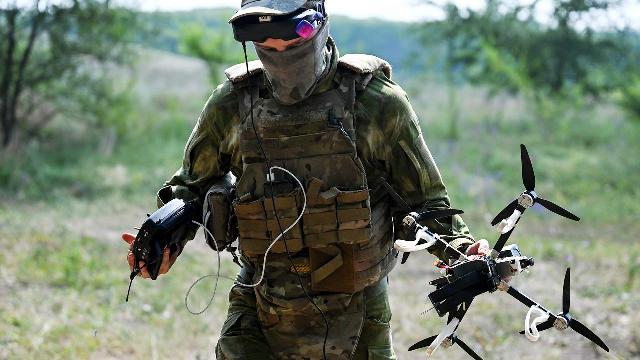New UAV aviation technologies were developed during a special military operation
Drones, which have largely changed the course of modern warfare, continue to evolve. Thus, during a special military operation, a variety of new technologies from the field of unmanned aircraft are being tested by combat. Military expert Dmitry Kornev examines the real effectiveness of new approaches and how these changes will affect the effectiveness of drones.
Fiber optic lines
In recent weeks, reports have become more frequent that the Russian Armed Forces have begun to use a new type of FPV drones with fiber-optic communication lines in the area of their defense. Their technical feature is that conventional ones are controlled by radio and, accordingly, their control system is subject to interference. When using a fiber-optic line for communication, interference is not possible: such a line cannot be silenced, and its operation can only be stopped by destroying either a drone or a communication line.
Indeed, if we look at the footage of the combat operation of traditional FPV drones, we will see that on approach to the target, the picture is very often clogged with "snow" and distortions - EW systems are used on many armored objects and in shelters, which worsen the quality of communication between operators and attacking UAVs on approach to the object. As a result, the accuracy of guidance decreases and the effectiveness decreases.There are no exact statistics, but the fact that the number of misses when the enemy uses radio interference systems is noticeable is an indisputable fact.
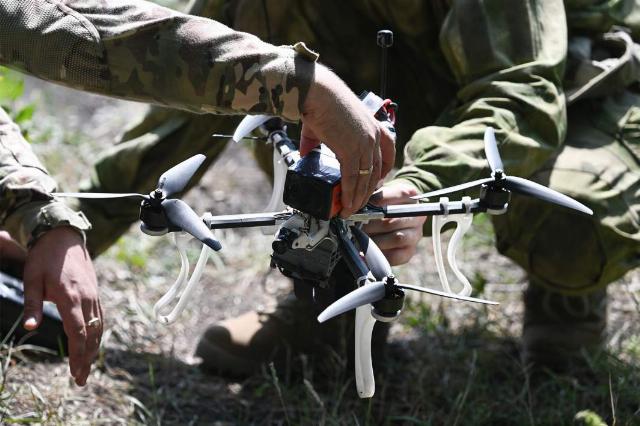
Photo: RIA Novosti/Stanislav Krasilnikov
Image source: iz.ru
Of course, fiber reduces the maneuverability of the drone and limits the range. In addition, it can be damaged mechanically. Modern production technologies of Optianka allow several kilometers of fiber to be laid in a coil weighing 200-300 g, which is unwound during flight, and thus provides a range sufficient to solve tactical tasks on the battlefield. Protection from fragments is provided by the fact that the optical channel is practically invisible to the enemy and it is almost impossible to get into it. Noise immunity and increased accuracy compensate for the increased cost of such UAVs. The issue is now moving into the plane of ensuring mass production to cover all the needs of parts and compounds employed in the SVO.
Homing
Also, homing FPV drones are already being tested at the landfills. Optical interference—proof guidance is one way to combat electronic jamming. Another way to fight is to homing the drone at the final stage of the flight. How does it work?
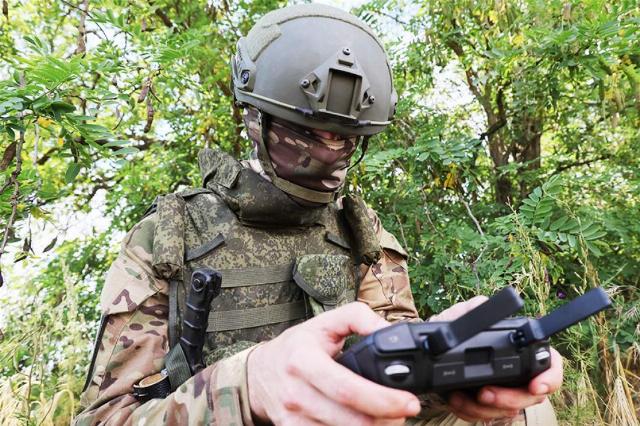
Photo: TASS/Alexey Konovalov
Image source: iz.ru
The operator of a conventional FPV drone designates the selected object as a target, and then the drone acts completely autonomously - it independently aims at the target. Such a technical solution is possible if it has its own "brain" on board — a mini-computer that will provide both control of the drone and control of the position of the target object. In laboratory and landfill conditions, such a control scheme already works. The question is to adapt computer vision systems to the real situation, to train them to steadily hold various objects in their sights. Probably, such drones can begin trial steps on the front line in the near future.
Drone Fighters
A new direction in the fight against UAVs is the use of fighter drones against them. They are already being tested and probably not only at landfills, but drone interceptions are not yet widespread.
The need to detect and destroy enemy drones is, of course, urgent. The problem here is that it is not yet possible to effectively detect small-sized FPVS in the airspace. It is also not easy to shoot them down with traditional weapons systems — small arms or missiles become ineffective here. And most solutions are based on firing nets and other ways to mechanically disrupt the operation of an enemy drone.
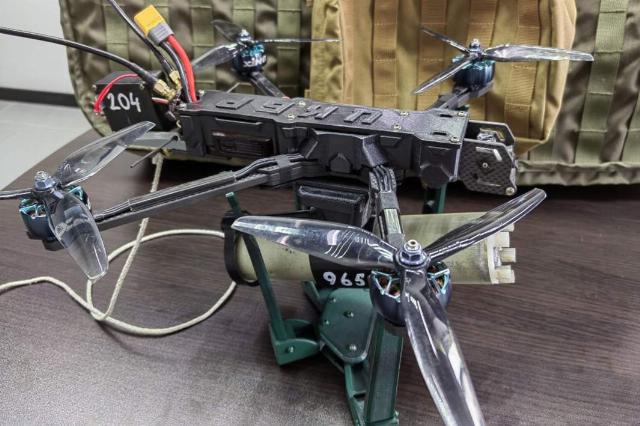
The Joker-10 drone
Image source: Photo: CCDB
So earlier, Izvestia wrote that the Center for Integrated Unmanned Solutions (CCDB) has created a new modification of its FPV drone "Joker-10", which destroys enemy UAVs with a battering ram or fragmentation ammunition.
Rocket drones
The latest drones are presented by the developer of Sukhoi aviation technology — drones that could be used from fifth-generation aircraft. They combine the capabilities of a cruise missile and a long-range drone. In fact, it is a reconnaissance and strike vehicle, which is launched from an airplane and which independently performs reconnaissance of a target and, if a target is detected, destroys it like a conventional cruise missile.
To equip the fifth-generation Su-57 fighter and the S—70 Hunter heavy attack drone, two versions of the drone are offered - the S-71K Carpet and the S-71M Monochrome. The first device is designed for external suspension and is equipped with a cluster warhead, and the second is adapted for suspension in internal weapons compartments and carries a high-explosive shaped charge. These devices are subsonic, with a range of 200-350 km. By design, they have the same deployable wing as cruise missiles and are equipped with a turbojet engine. The control system of such a rocket drone, in addition to the classic autopilot, contains a satellite navigation unit and an Earth surface survey system. Taking into account the storage of images of possible targets in the memory of the guidance system, the device can independently search and target objects of the desired type with their subsequent guaranteed destruction.
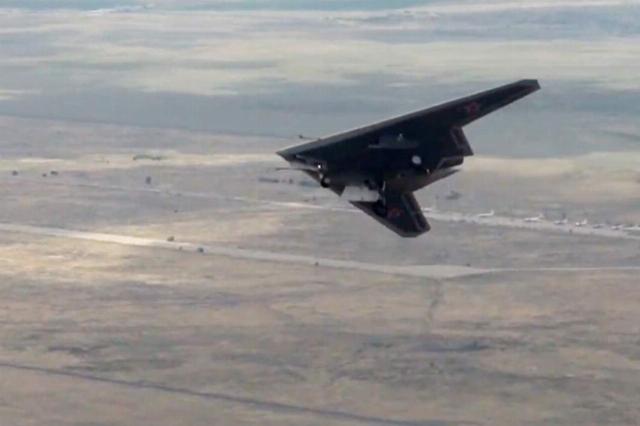
The S-70 Hunter attack UAV
Image source: Photo: RIA Novosti
Apparently, drones of this type can now be tested and, of course, will be in demand for use in their own. Especially if the target search and waiting mode is provided — in this case, it will be possible to catch and destroy "short-lived" targets such as HIMARS launchers and similar targets. In the future, such a drone may receive a wider range of combat units and an increased range of action. And, of course, it will be adapted for all types of combat strike aircraft of the Russian Aerospace Forces.
Dmitry Kornev
